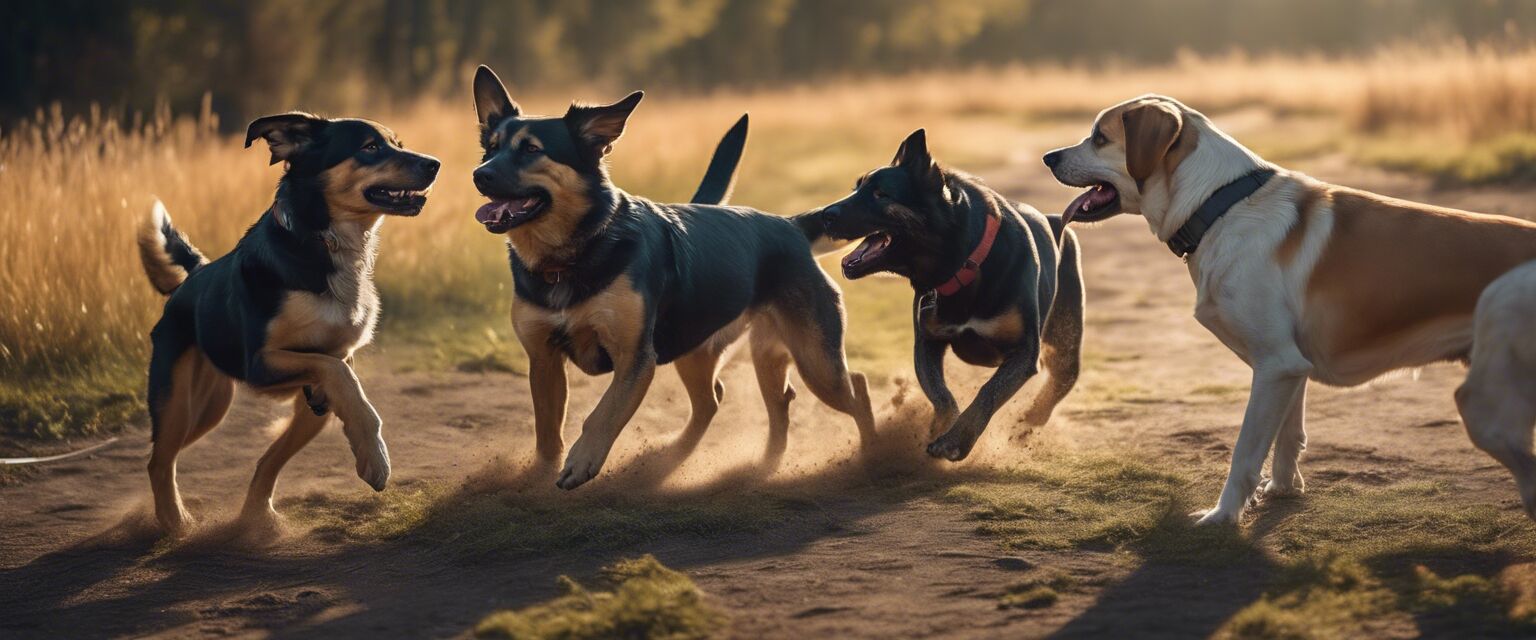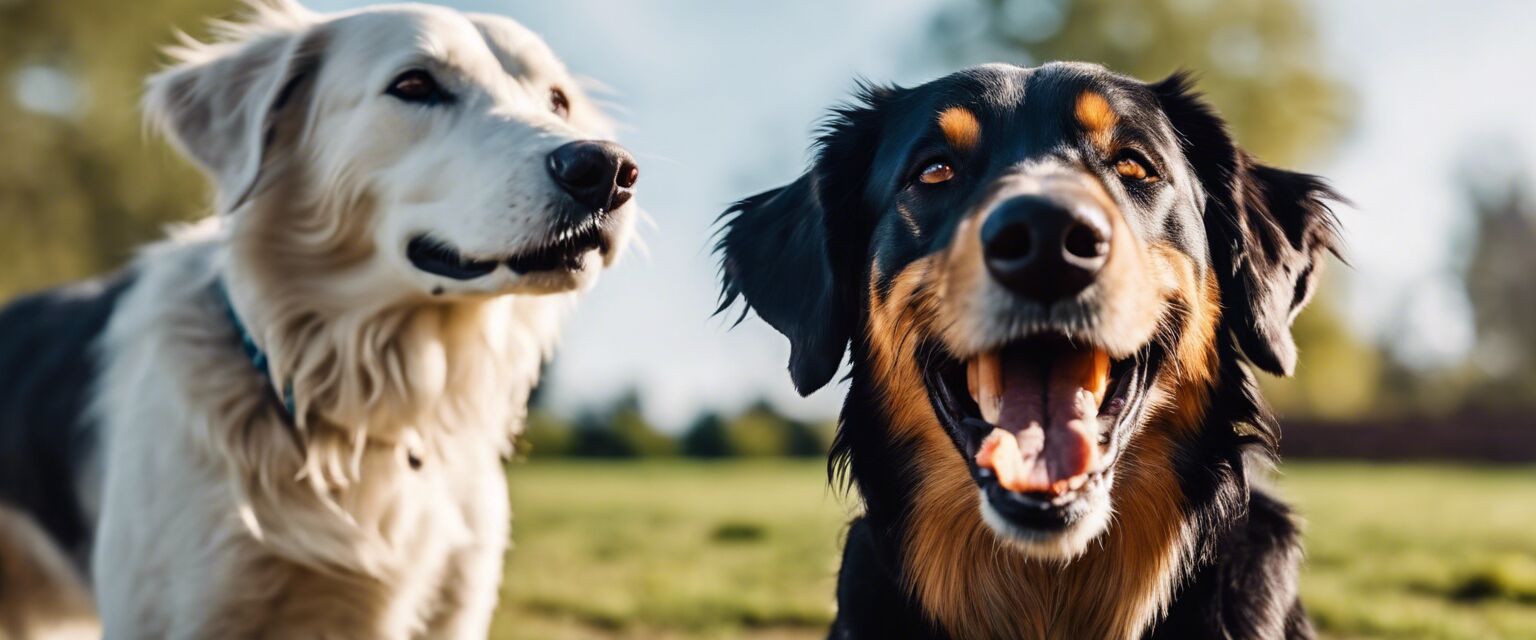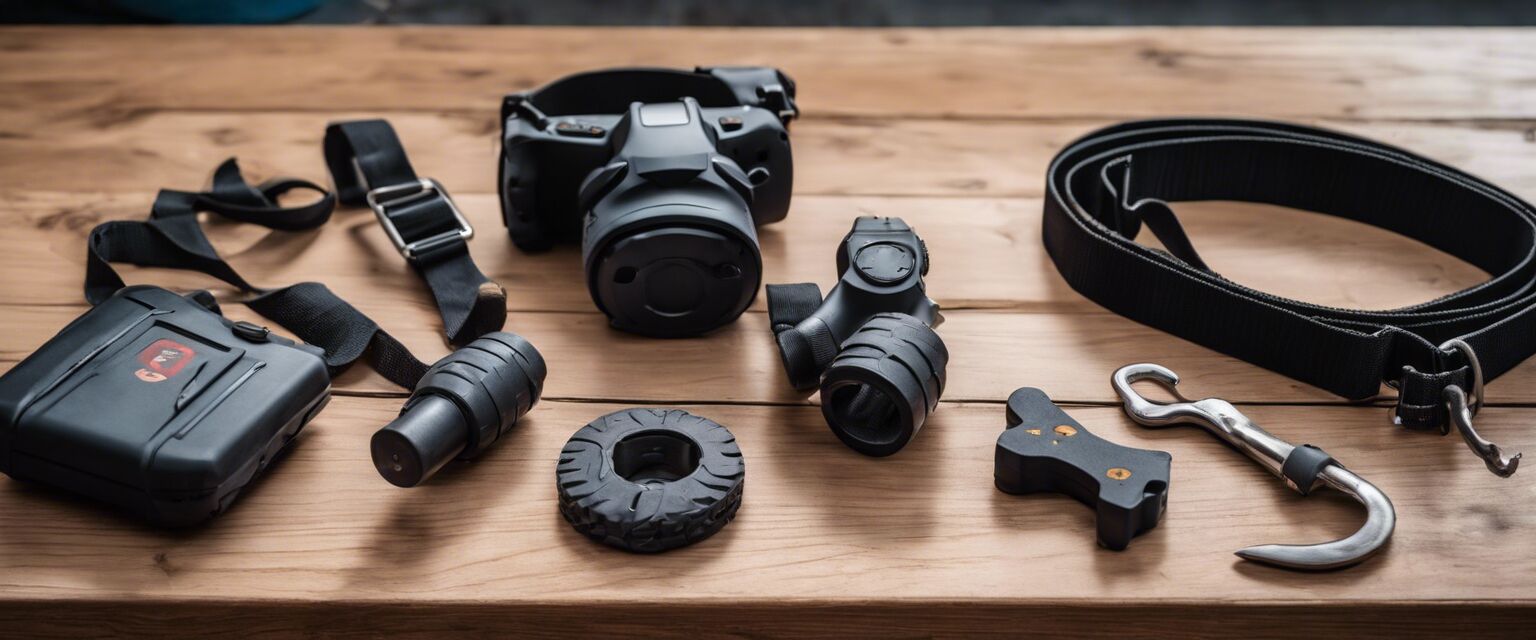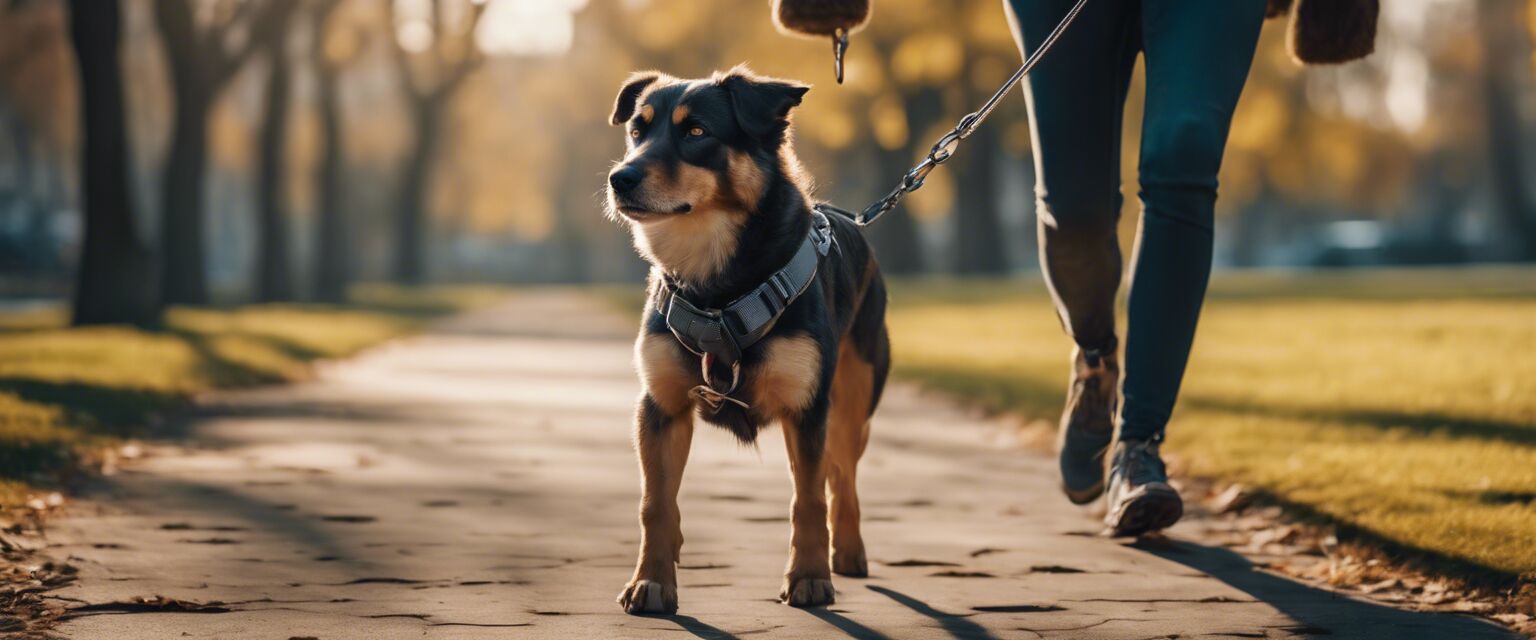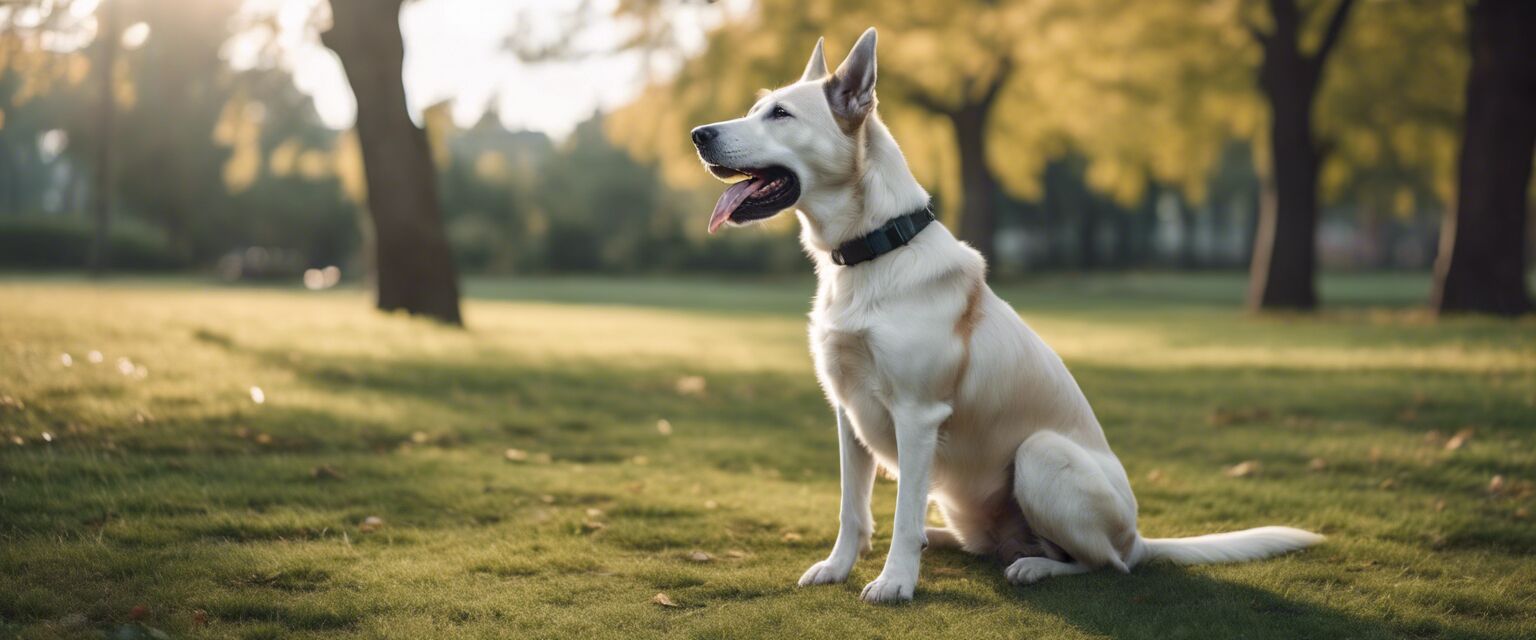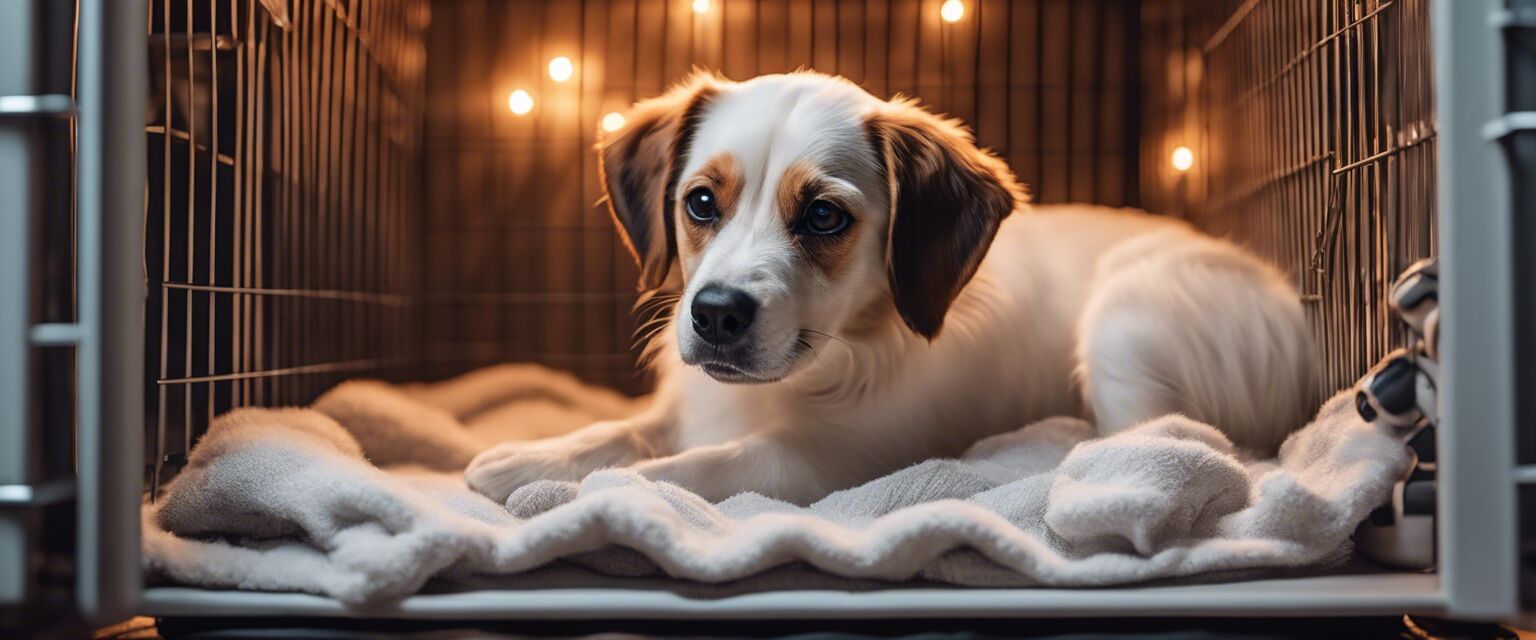
Aggression management
Managing aggression in dogs is crucial for ensuring a safe environment for both pets and their owners. Understanding the root causes of aggressive behavior and utilizing effective techniques can help reduce these behaviors. This guide will explore various methods and tools to manage and reduce aggressive behaviors in dogs.
Key takeaways
- Identify triggers of aggression in dogs.
- Utilize positive reinforcement training techniques.
- Consider using training tools like collars and leashes.
- Consult with professionals when necessary.
- Implement consistent training routines.
Understanding dog aggression
Aggression in dogs can stem from various sources, including fear, territorial behavior, and lack of socialization. Here are some common types of aggression:
- Fear aggression: Occurs when a dog feels threatened.
- Territorial aggression: Happens when a dog defends its space.
- Protective aggression: Arises when a dog feels the need to protect its owner.
- Frustration aggression: Results from a dog being unable to reach something it wants.
Methods for managing aggression
Managing aggressive behavior in dogs requires a combination of understanding, patience, and training. Here are some effective methods:
Positive reinforcement training
Using positive reinforcement involves rewarding desired behaviors rather than punishing undesired ones. This technique can help build a dog's confidence and reduce aggressive tendencies.
Desensitization and counter-conditioning
Desensitization is the process of gradually exposing a dog to its triggers at a distance where it feels safe. Counter-conditioning involves changing the dog's emotional response to the trigger by pairing it with something positive, such as treats or playtime.
Consistent routines
Establishing a consistent daily routine can provide structure and predictability for dogs, helping them feel more secure and reducing anxiety that may lead to aggression.
Tools for managing aggression
Several tools can assist in managing aggressive behavior in dogs:
| Tool | Description | Usage |
|---|---|---|
| Training collars | Collars designed to provide feedback during training. | Used to correct unwanted behavior. |
| Leashes | Standard or specialized leashes for control. | Helps manage a dog's movement in public. |
| Interactive toys | Toys that stimulate a dog's mind. | Diverts attention from aggressive triggers. |
| Clickers | Devices that provide a sound for marking behavior. | Used in positive reinforcement training. |
Consulting professionals
In some cases, aggression may be severe, requiring expert assistance. Here are some professionals you might consider:
- Veterinarians
- Certified dog trainers
- Animal behaviorists
Common mistakes to avoid
Managing aggressive behavior can be challenging. Here are some common mistakes to avoid:
- Using punishment-based training methods.
- Ignoring aggression signals.
- Failing to seek professional help when needed.
- Inconsistency in training.
Creating a safe environment
Ensuring a safe environment for your dog can help reduce aggressive behaviors:
- Provide a designated safe space for your dog.
- Limit exposure to aggressive triggers.
- Supervise interactions with other pets and people.
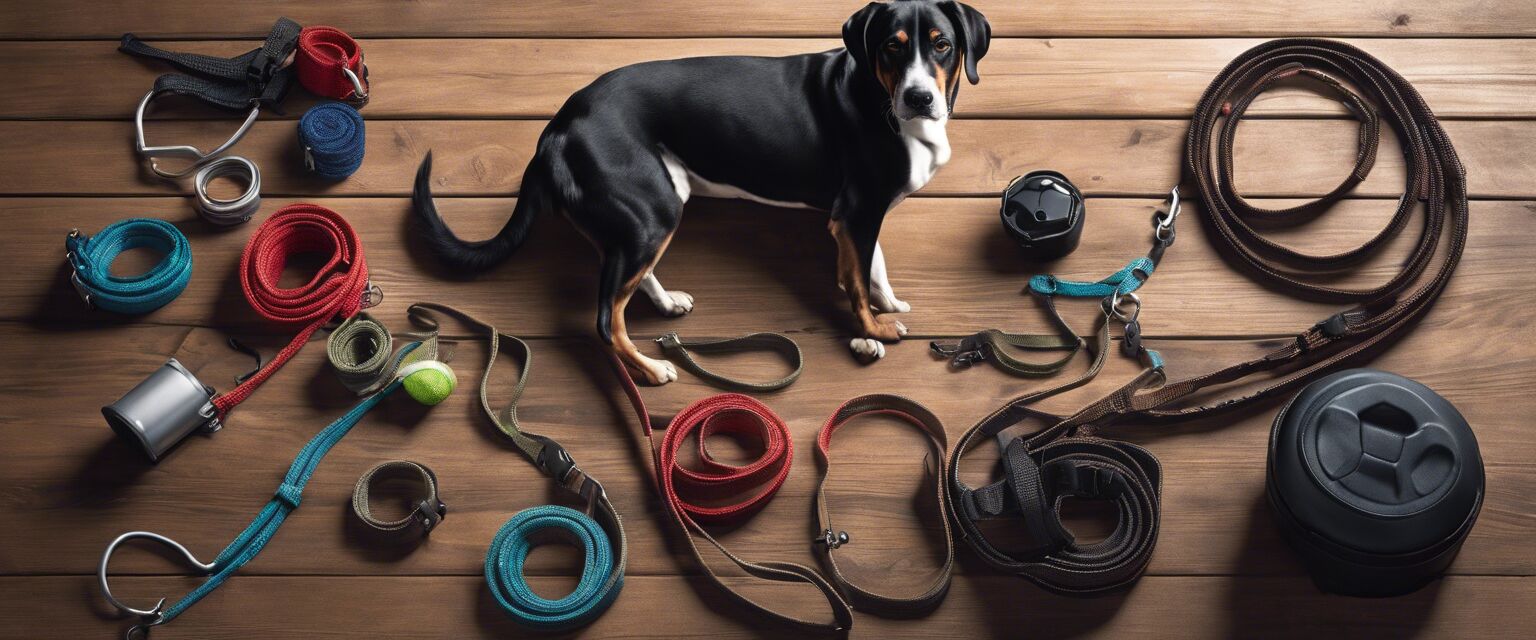
Conclusion
Managing aggression in dogs requires understanding, patience, and the right tools. By employing positive reinforcement techniques and consulting with professionals when necessary, you can help your dog become a well-adjusted member of your family. For further information on related topics, check out our sections on crate training, interactive toys, and training collars.
Tips for beginners
- Start training early to prevent aggressive behaviors from developing.
- Be consistent in your training methods.
- Reward good behavior immediately to reinforce learning.
- Stay calm and patient throughout the training process.
Pros
- Improves safety for both dogs and humans.
- Enhances the bond between owner and dog.
- Fosters a positive environment for pets.
- Reduces stress for both the dog and owner.
Cons
- May require significant time and effort.
- Professional help can be costly.
- Some aggressive behaviors may be deeply ingrained.

Additional resources
For more information on canine behavioral training, consider exploring our articles on training clickers and whistles and training treats.
